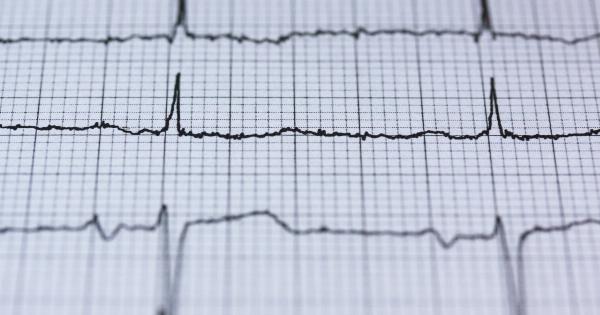Orgasms are a universal human experience that has captivated scientists since the beginning of modern science.
There is still a lot of mystery surrounding the human orgasm, but we have gained some incredible insights into the mechanics and biology behind it. These are 10 fascinating scientific facts about orgasm that you probably didn’t know.
1. Women Can Experience Multiple Orgasms
While the majority of men can only experience one orgasm at a time, women have the ability to experience multiple orgasms in a row.
This is because men experience a refractory period after ejaculating, whereas women can continue to experience pleasure without a recovery period.
2. Orgasms Increase Blood Flow to the Brain
Orgasms cause a surge in blood flow to the brain, which can lead to increased alertness, creativity, and overall cognitive function. It can be a fantastic way to start your day or get a boost of energy during a long work session.
3. The Clitoris Has Over 8,000 Nerve Endings
The clitoris is the primary pleasure center for women during sex, and it is packed with over 8,000 nerve endings. This is more than the penis, making it the most sensitive part of the human body.
4. Orgasms Help You Sleep
Orgasms release oxytocin and endorphins, which can help you relax and fall asleep faster. It is a natural way to improve sleep quality and can help those who suffer from insomnia or have trouble falling asleep.
5. Men and Women Experience Orgasms Differently
Studies have shown that men and women experience orgasms differently. Men tend to have a shorter and more intense orgasm, while women experience longer and more full-body orgasms.
It has been hypothesized that this difference is due to the different biological processes that occur during orgasm in men and women.
6. The “G-Spot” May Not Exist
The existence of the G-spot has been debated among scientists and health professionals for years.
While some women report experiencing intense pleasure from stimulation of a particular spot in the vagina, there is little scientific evidence to suggest the G-spot is a distinct anatomical feature. It is possible that the G-spot is simply an extension of the clitoris.
7. Women’s Orgasms Can Improve Reproductive Health
Studies have shown that women who regularly experience orgasms have a lower risk of developing ovarian and endometrial cancer. Additionally, regular orgasms can help alleviate menstrual cramps and improve overall reproductive health.
8. Men Can Experience “Dry Orgasms”
Some men are capable of experiencing “dry orgasms”, which are orgasms without ejaculation. This is often seen in men who have had prostate surgery or are taking certain medications.
9. Orgasms Can Reduce Stress
Orgasms can help reduce stress levels by triggering the release of feel-good chemicals like oxytocin and endorphins. This can result in an overall feeling of relaxation and relieve tension and anxiety.
10. The Female Orgasm is Not Necessary for Reproduction
The female orgasm is not necessary for reproduction, as it does not play a direct role in fertilization.
Its purpose remains somewhat of a mystery, but it is believed to have played a significant role in social bonding and mate selection throughout human history.































